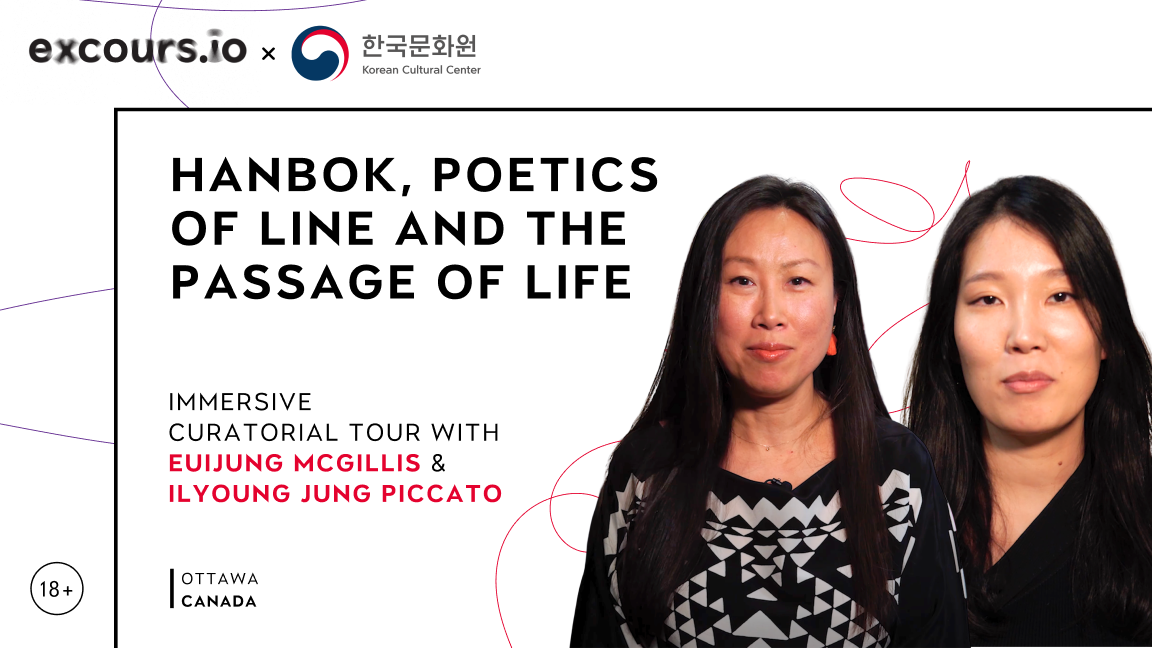Mr. Yokoo’s Palette
Mr. Yokoo’s Palette showcases artist Yokoo Tadanori’s striking use of color, tracing his vibrant painting career since his “painter’s declaration” in the early 1980s. This pivotal moment marked his shift from graphic design to a prolific period of pictorial experiments, creating diverse works without fixed subjects or styles. The exhibition uniquely reorganizes his artistic world by categorizing paintings from series like Pink Girl and Y-junction based on their dominant hues, transforming the museum galleries into a grand palette. Visitors will discover background materials, including actual used palettes and paints from his studio, offering a glimpse into his creative process. This presentation invites reflection on the overwhelming power of Yokoo’s colors and how a singular artistic element can define an entire body of work, offering a fresh perspective on his timeless vision.
Why should you watch this?
Hanbok, Poetics of Line and the Passage of Life
The exhibition Hanbok, Poetics of Line and the Passage of Life presents the story of traditional Korean attire, tracing its cultural significance and transformation through time. With a basic style originating in the Three Kingdoms period (37 BCE – 668 CE), the Hanbok shown primarily reflects that of the Joseon dynasty (1392 – 1910). The exhibition explores how this clothing embodies Korean ancestral values, worldview, and reverence for nature through its use in life’s milestone ceremonies and its symbolic colours derived from Yin-Yang theory. Curated by EuiJung McGillis, the presentation showcases items from a baby’s first birthday dress to royal robes, alongside modern reinterpretations by early twentieth-century shinyeoseong (new women). Visitors will discover Hanbok as a transmitter of tradition and a dynamic symbol of Korean identity in a global context.
Why should you watch this?
Hanbok, Poetics of Line and the Passage of Life resonates today because it frames clothing as both a vessel of memory and a mirror of change. The exhibition’s display of the Obangjang durumagi, alive with five elemental colors, reminds us of humanity’s search for balance with nature at a time when sustainability is a global concern. Equally striking are the “new women” who reshaped Hanbok to claim individuality during Korea’s modernization — a gesture that still feels bold and liberating. This exhibition shows that tradition is not fixed but evolving, offering viewers a timeless reflection on identity, resilience, and creativity.


